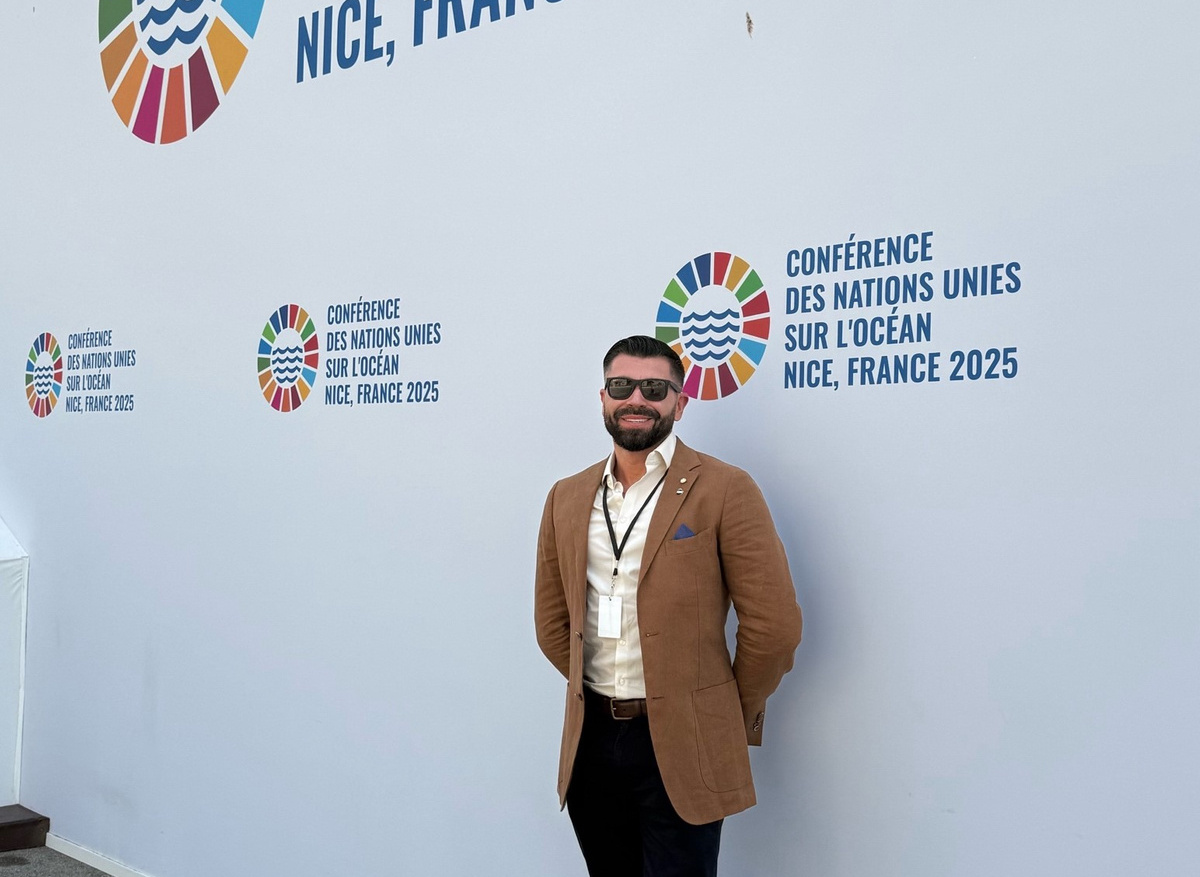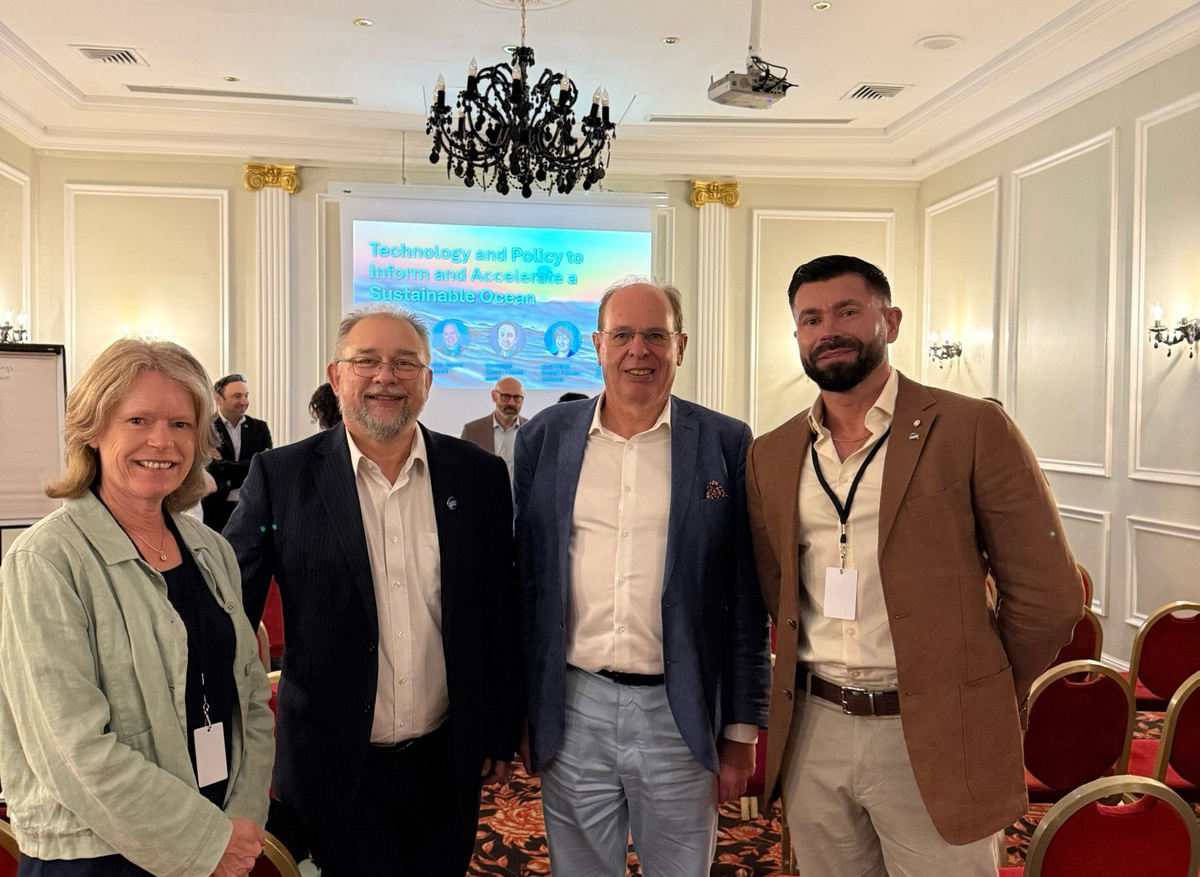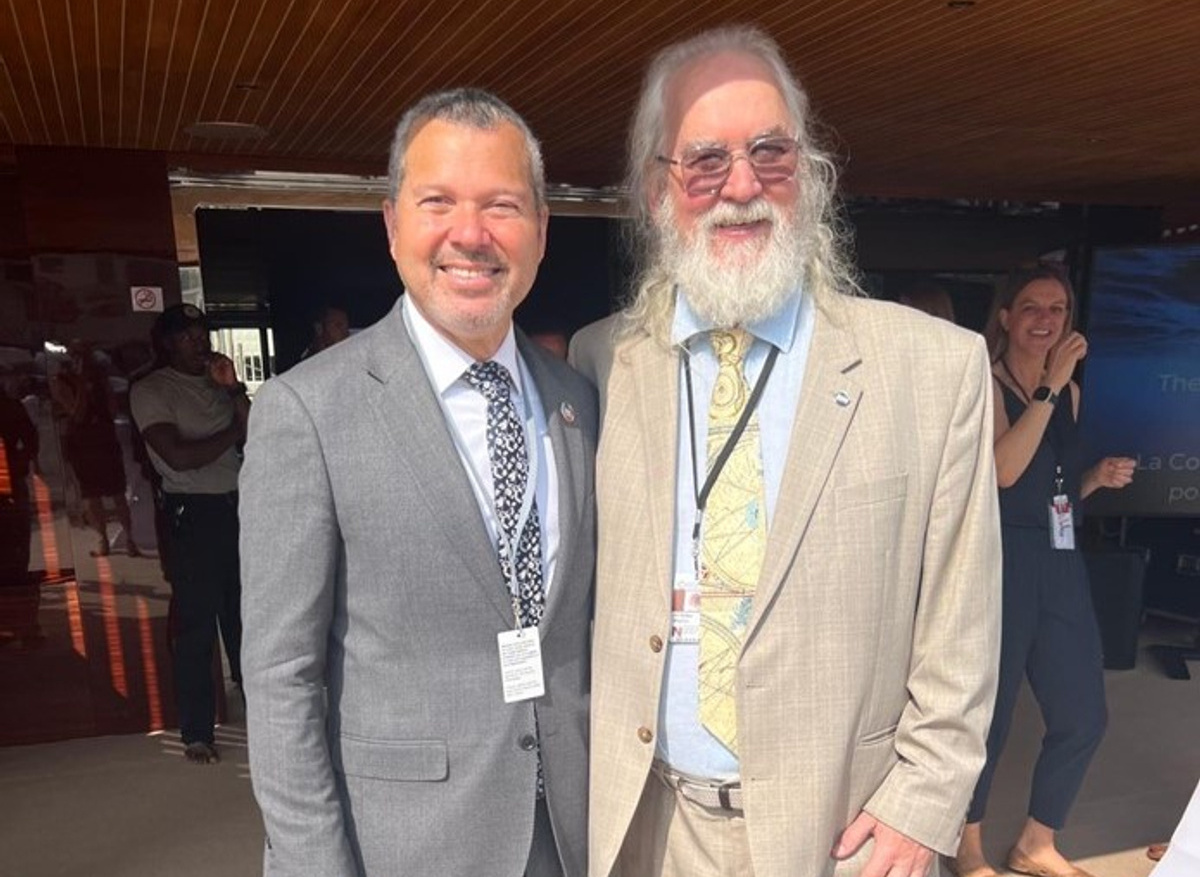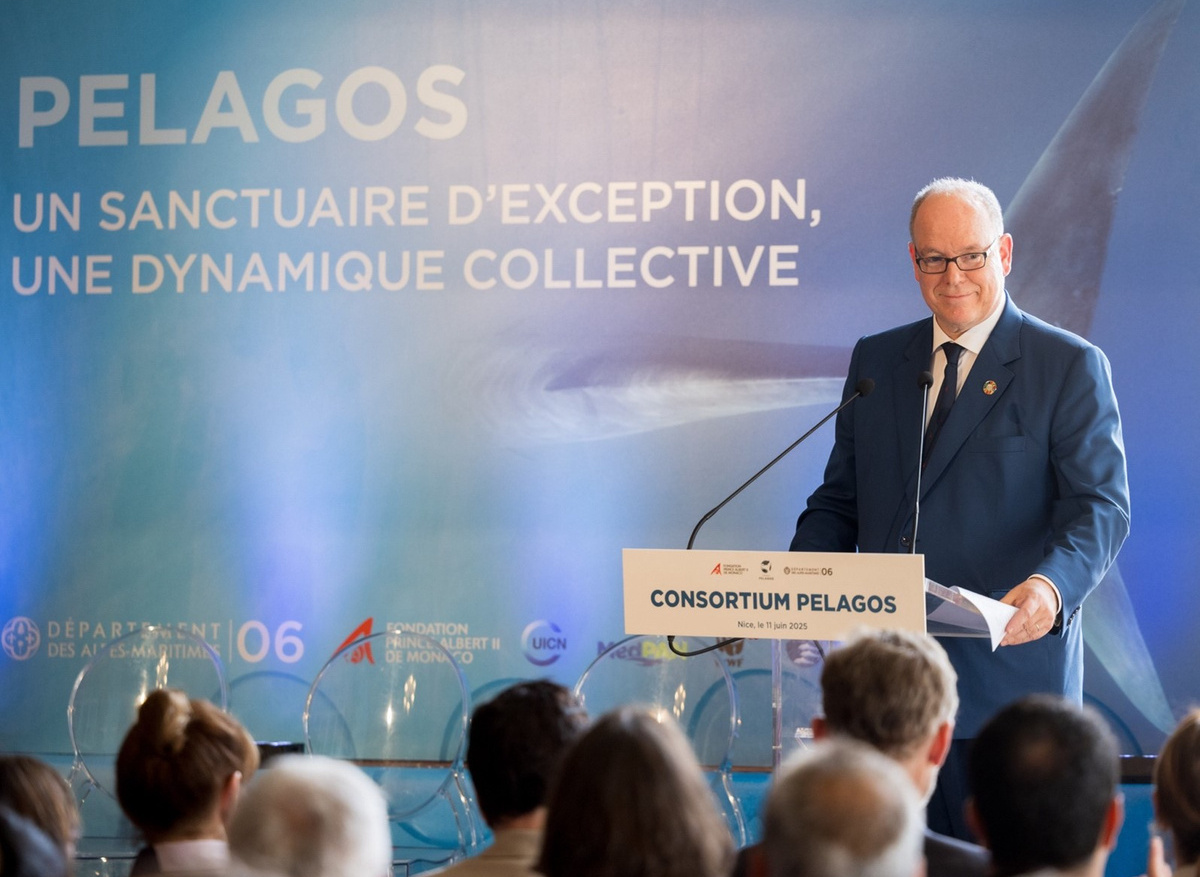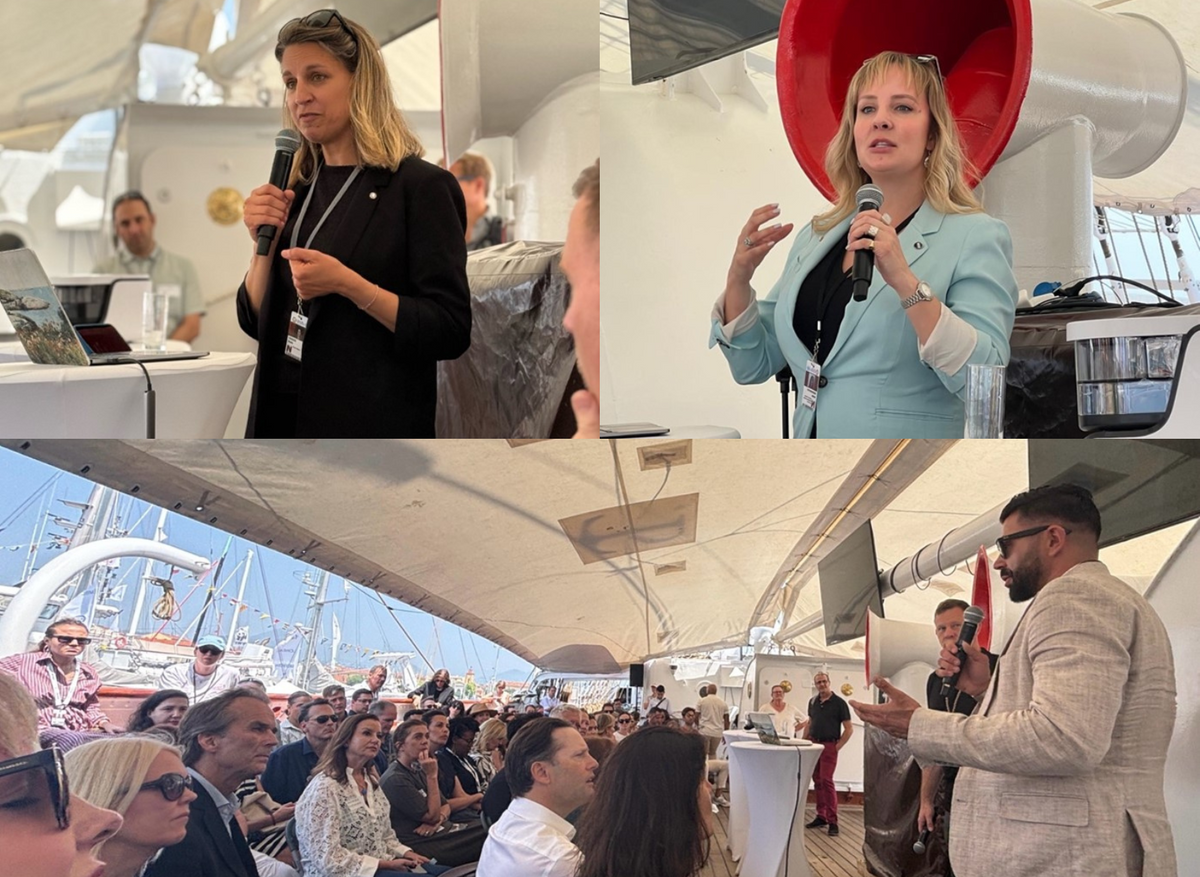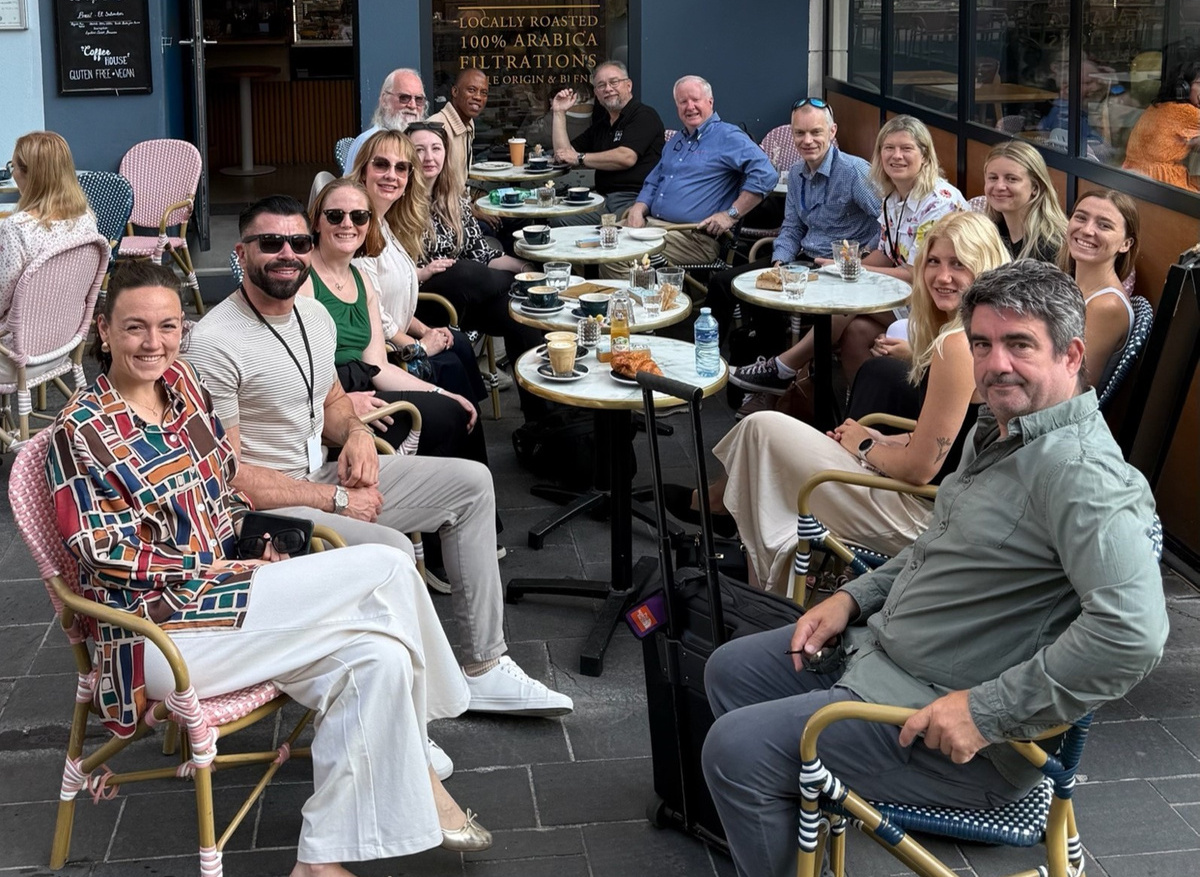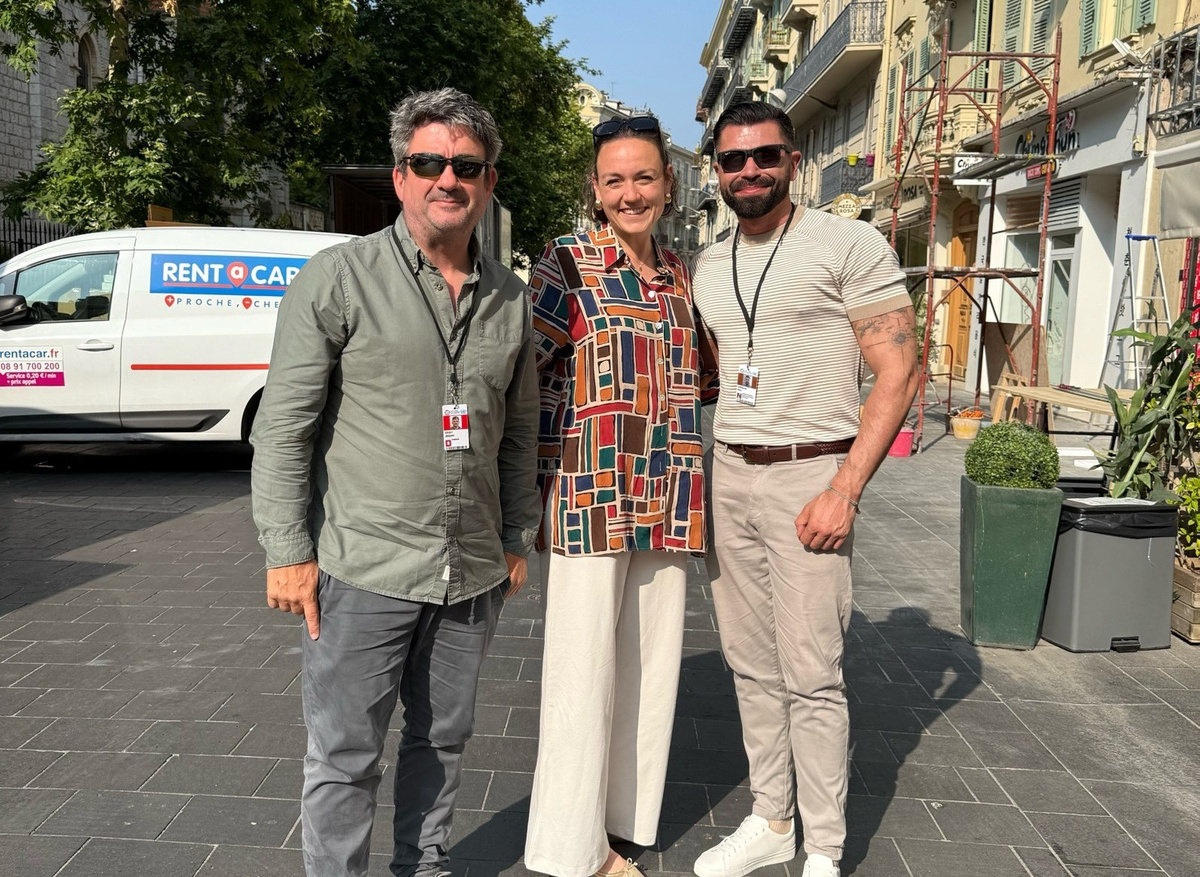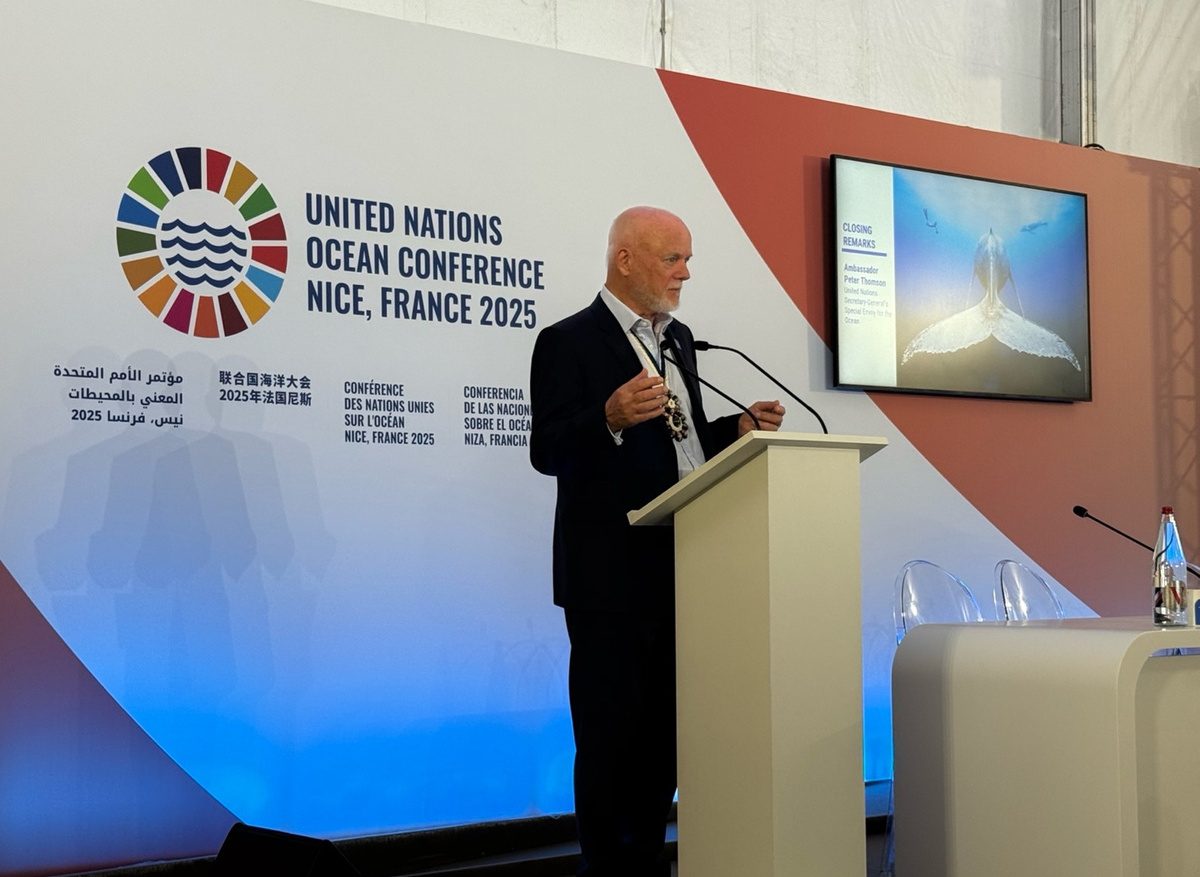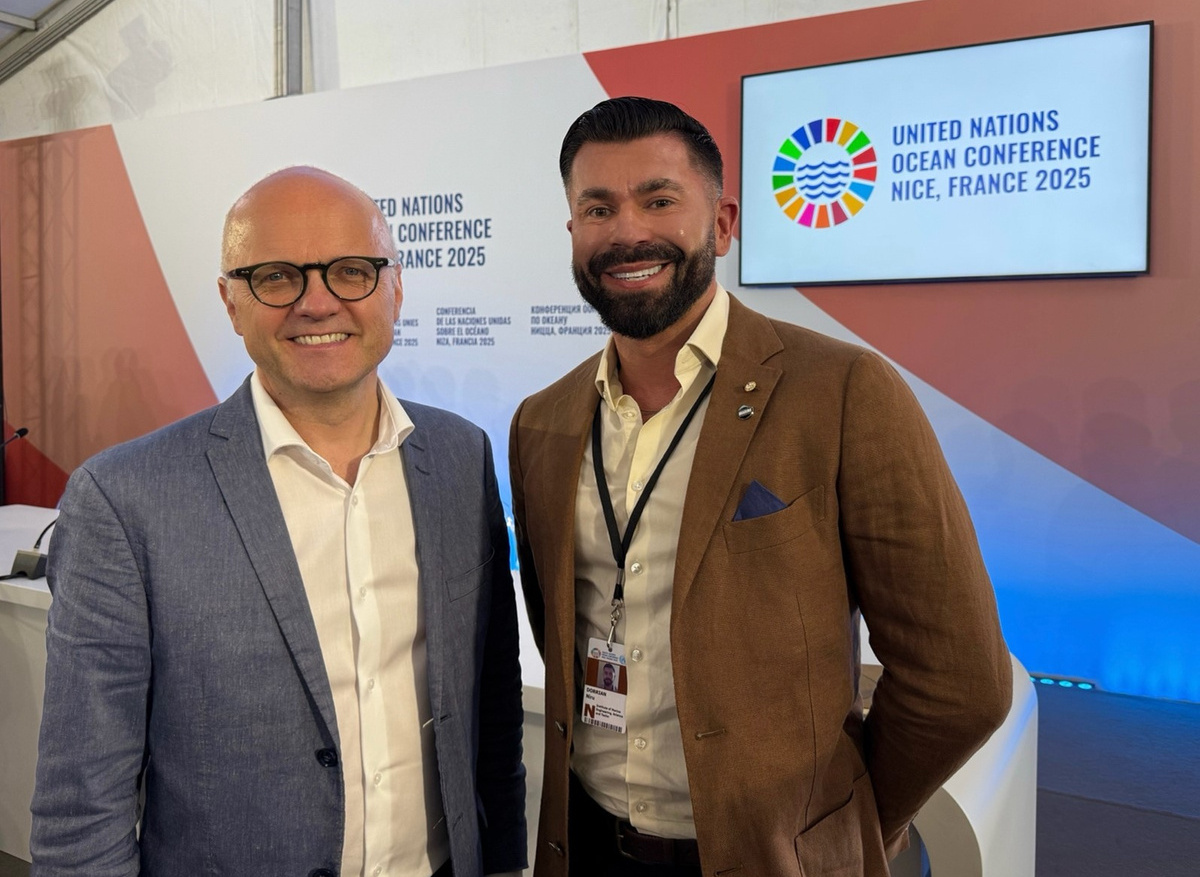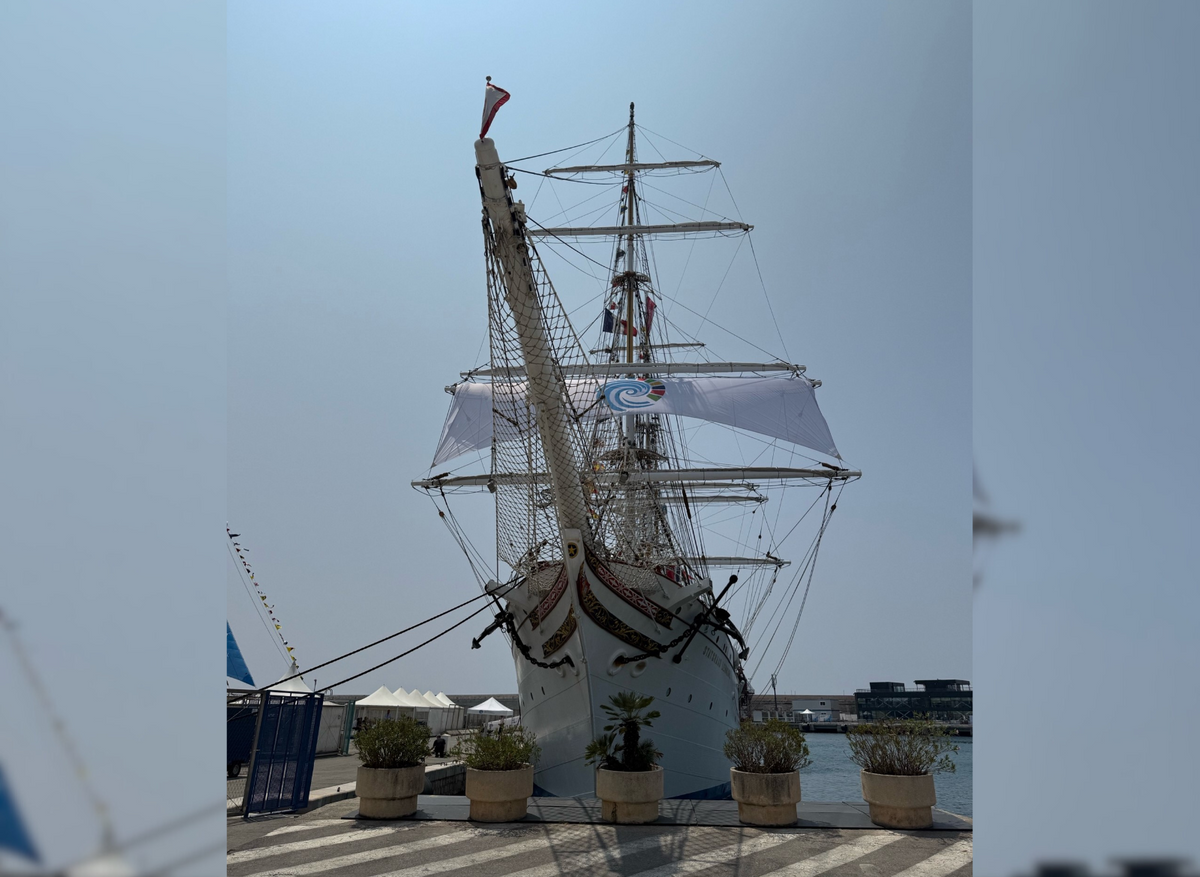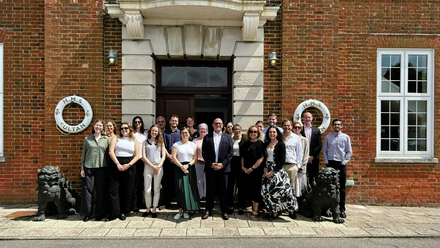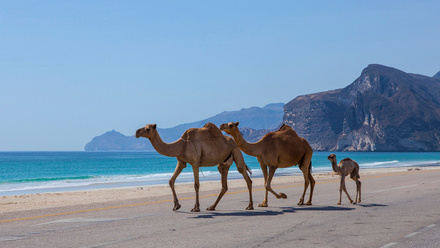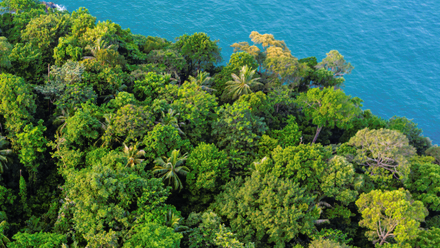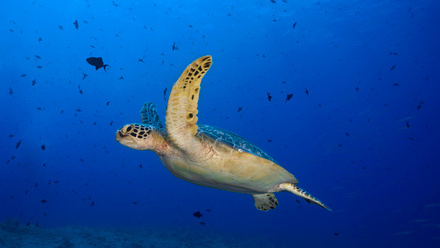The IMarEST at the third United Nations Ocean Conference 2025
Last month, the IMarEST delegation returned from the 2025 United Nations Ocean Conference (UNOC) in having played an active and visible role. Co-hosted by France and Costa Rica, the conference took place in Nice and was a pivotal moment in advancing global efforts to implement Sustainable Development Goal 14: Life Below Water. Niru Dorrian, our UN Ocean Decade Ambassador, reports back.
The first thing to say is that UNOC is huge. The event brought over 15,000 participants to the Mediterranean coast, including more than 60 Heads of State and Government. And with over 450 official side events and nearly 100,000 attendees, UNOC3 demonstrated exceptional political momentum and global engagement.
Under the theme Scaling Up Ocean Action Based on Science and Innovation, UNOC aimed to address growing threats from climate change, biodiversity loss, pollution, and chronic underinvestment in ocean research.
The response was resolute: transform knowledge into action, ambition into measurable outcomes, and partnerships into sustained impact.
IMarEST Contributions to UNOC
Our delegation attended UNOC to highlight our cross-disciplinary expertise and ongoing commitment to professional development, sustainable innovation, and international capacity building.
The Institute’s delegation included the IMarEST president Professor Stephen de Mora, UN Ocean Decade ambassador Niru Dorrian, Atlantic Canada Branch chair Ashley Noseworthy, and the Operational Oceanography Special Interest Group chair, Professor Ralph Rayner, alongside numerous other members present throughout the week.
Key IMarEST Co-Sponsored Events
We hosted and sponsored a wide variety of events throughout the week, including:
-
Technology and Policy to Inform and Accelerate a Sustainable Ocean
A panel exploring the role of integrated data systems, digital tools, and legal frameworks in strengthening ocean governance.
-
High Ambition Coalition for a Quiet Ocean
Held aboard the Art Explorer catamaran, this event focused on anthropogenic underwater noise. The launch of the 37-country coalition, co-led by Canada and Panama, called for international action to address ocean noise pollution.
-
Innovation in an Ocean World
In partnership with Katapult Ocean, the IMarEST took part in sessions aboard the Statsraad Lehmkuhl and at Neptune Agora, highlighting scalable technologies and exploring the role of sustainable finance and supportive policy in advancing blue-tech solutions.
-
The IMarEST Networking Breakfast
This purposeful gathering brought together international members and partners to share insights and reflect on the IMarEST’s growing role in developing future ocean professionals.
My UNOC
As the IMarEST’s UN Ocean Decade Ambassador, I was honoured to represent the Institute throughout the conference, contributing to discussions on innovation, workforce development, and marine stewardship. I also met in person with members of the UN Ocean Decade Coordination Team and representatives from several National Decade Committees, strengthening collaboration and aligning shared objectives.
The week was action packed, varied, and it absolutely flew by! I probably could write a book on the sessions I attended, but there were some real highlights.
For instance, I delivered the lecture ‘Navigating Professional Development in Marine Science’ – Building Skills for Success in the Blue Economy’ and I was also invited to the ‘Moananui Ocean Summit’ aboard the Statsraad Lehmku, which explored representing Pacific priorities and emphasised indigenous leadership and regional collaboration.
I was also delighted to share my own field of work alongside the IMarEST members together with Ashley Noseworthy and Emily Charry Tissier, during the session ‘Innovation in an Ocean World’. We showcased wildlife monitoring technologies and shared examples of how the IMarEST and our network of marine professionals are contributing to Ocean Decade goals through collaboration, career development, and applied science.
Capacity development was a central pillar of UNOC3, and I participated in sessions for ‘Advancing Skills, Knowledge, Technology and Participation for All’. This interactive event featured global tools, endorsed Decade Actions, ECOP programmes, and training initiatives aimed at strengthening inclusive participation.
But I think my personal high point was attending the launch of the Pelagos Consortium alongside distinguished royal guests at the Palais des Rois Sardes—this new alliance of 13 partners to transform the Pelagos Sanctuary into a model for transboundary conservation. Covering 87,500 km² between France, Italy, and Monaco, the sanctuary protects several cetacean species under pressure from noise, shipping, and climate change.
UNOC Progress and Global Engagement
UNOC3 was a real success and delivered an unprecedented level of international commitment, including:
-
High Seas Treaty (BBNJ Agreement)
Fifty-five nations had ratified the agreement by the close of the conference, nearing the 60-country threshold required for entry into force in 2026.
-
Nice Ocean Action Plan and Declaration
Over 800 voluntary commitments were made, covering marine protected areas, marine litter, fisheries management, and climate resilience. The political declaration Our Ocean, Our Future: United for Urgent Action reaffirmed global responsibility for ocean health.
-
€8.7 Billion in Pledges
New investments were committed across coastal restoration, blue carbon, and marine infrastructure from public, private, and philanthropic sources.
-
Deep-Sea Mining Moratorium
Thirty-seven countries now support a precautionary pause, increasing pressure to halt activity in areas lacking baseline environmental data.
-
Marine Protected Areas (MPAs)
Significant expansions were announced by French Polynesia (5 million km²), Seychelles (1.3 million km²), New Zealand (Kermadec), and Pakistan (its first MPA), advancing the 30×30 goal.
-
Plastic Treaty Momentum
Ninety-six countries endorsed France’s Appel de Nice for a strong global plastics treaty, advocating action on microplastics and harmful polymers.
-
Bottom Trawling and Enforcement
Several countries were criticised for allowing bottom trawling in MPAs, reinforcing the need to align protection with enforcement and monitoring.
Looking Ahead
UNOC3 was a critical milestone, but its legacy depends on how pledges are converted into enforceable commitments, such as completing ratification and operationalisation of the High Seas Treaty. There are also considerable financial gaps to finance, and the role of indigenous and local knowledge must be incorporated into marine planning. It’s also imperative that we find a way to end harmful practices such as bottom trawling in Marine Protected Areas (MPAs).
But the urgency is clear. The ocean cannot wait. The message from Nice was unequivocal: time is running out, and action must accelerate. Through global engagement, knowledge sharing, and professional development, the IMarEST remains committed to delivering on the vision of the UN Ocean Decade and supporting effective, science-based ocean solutions.

